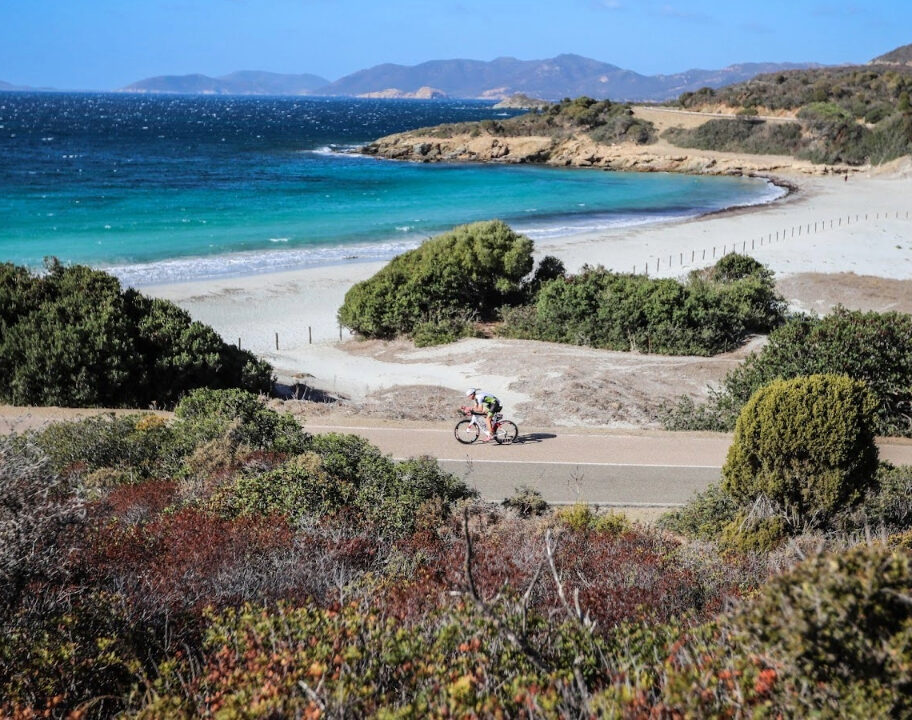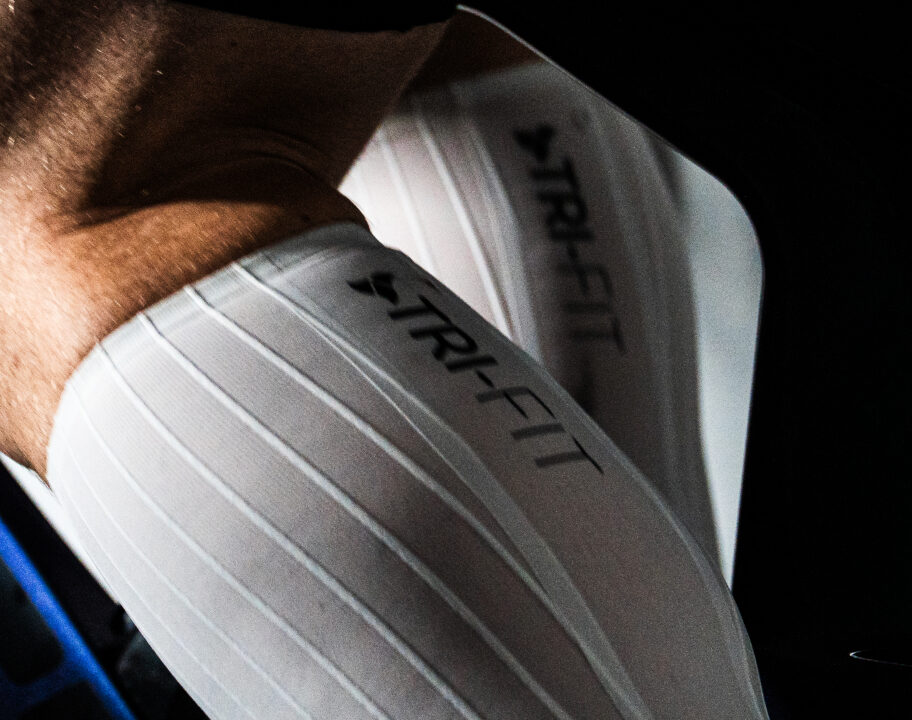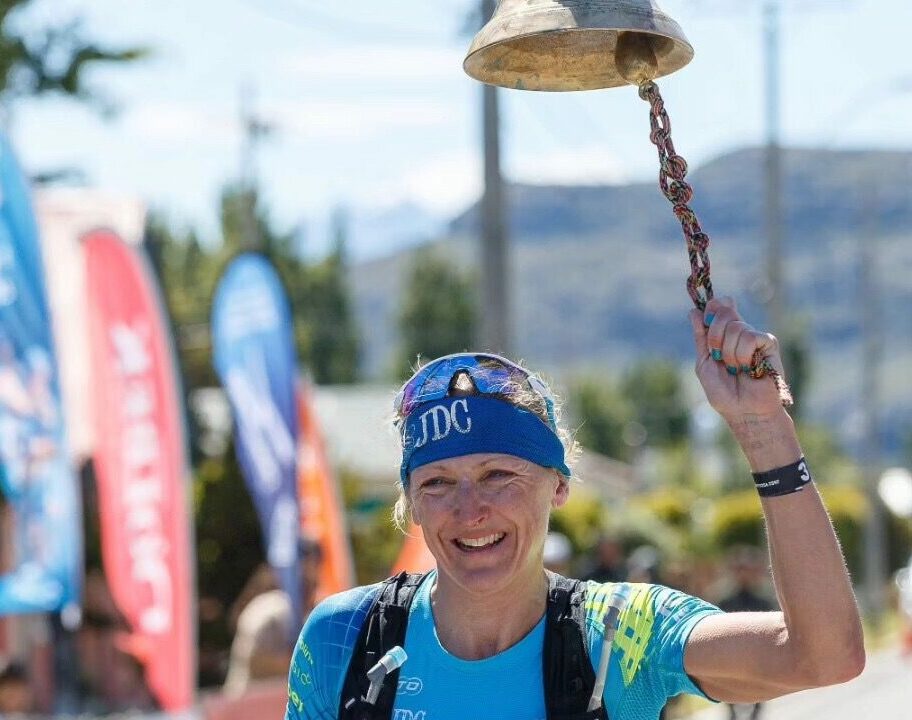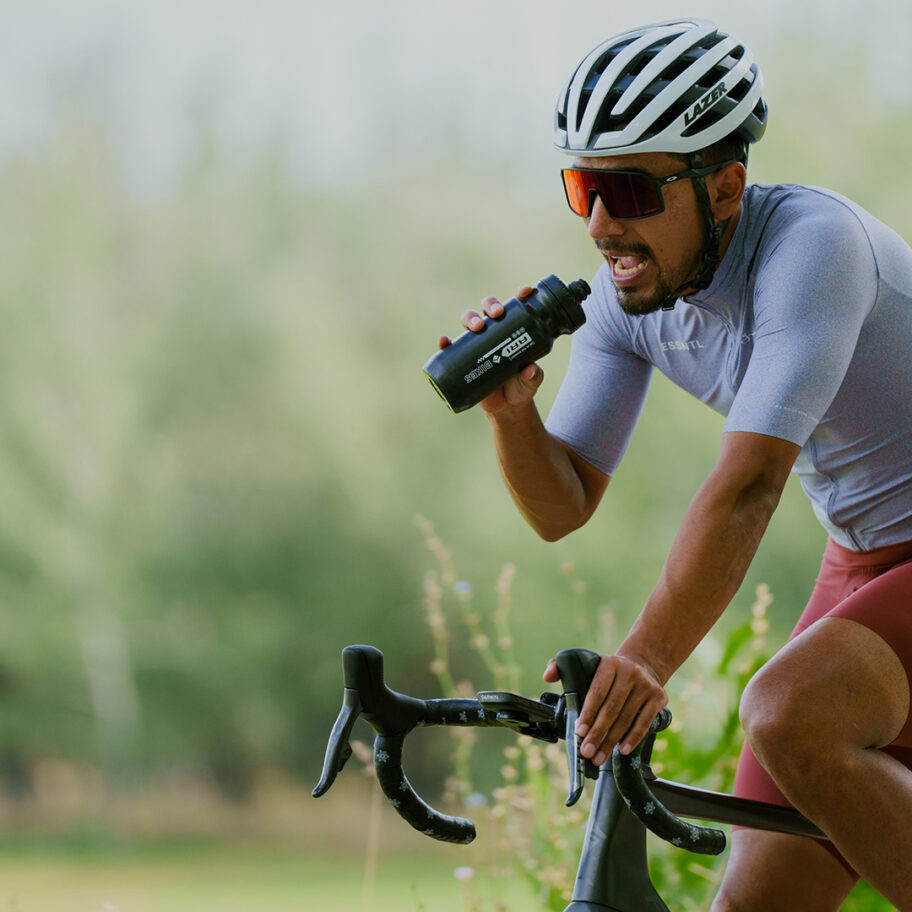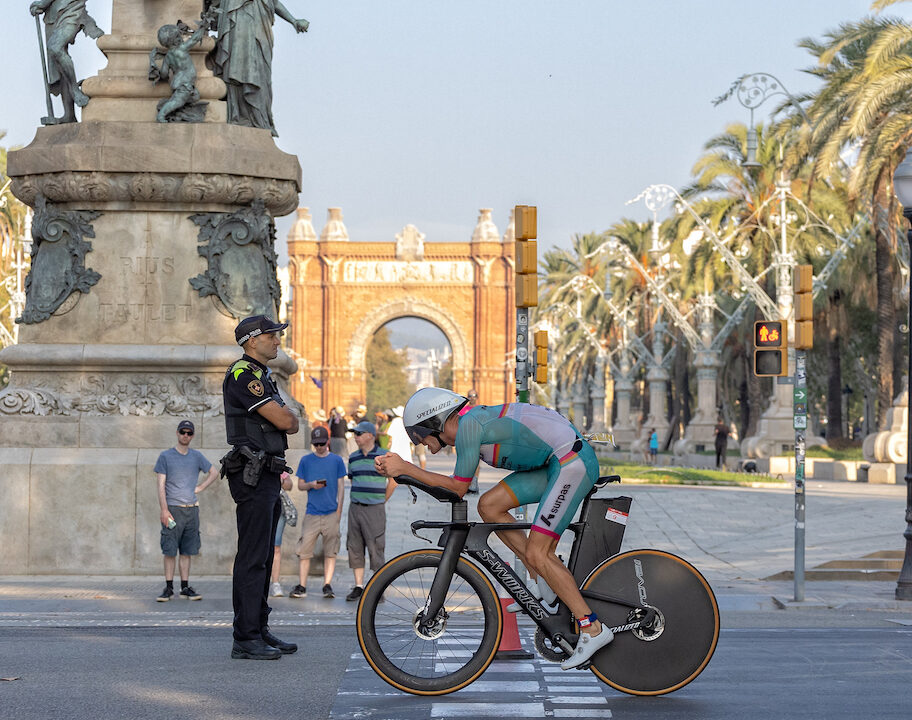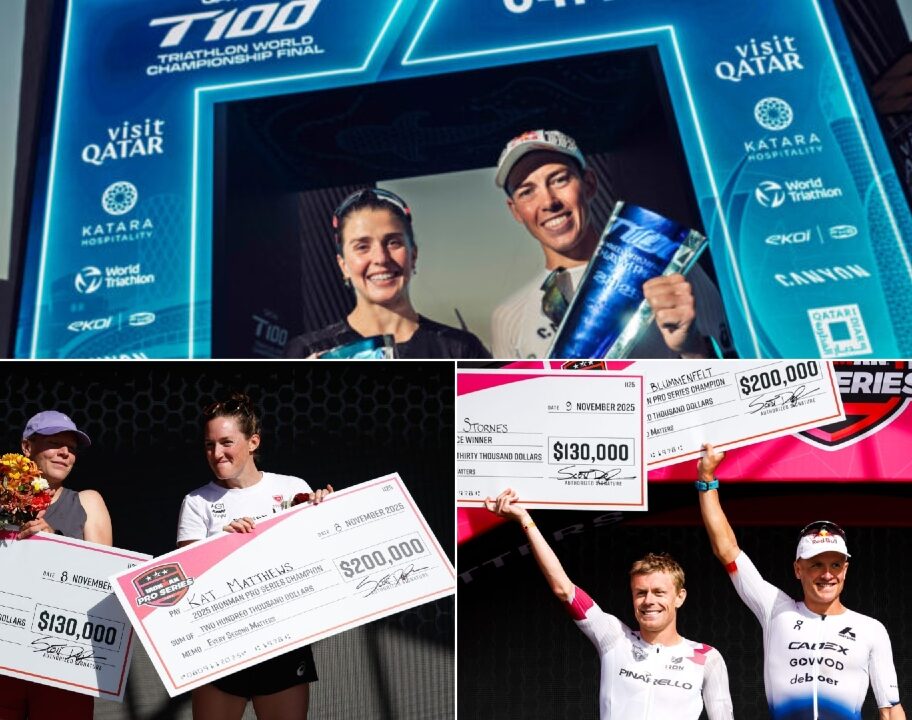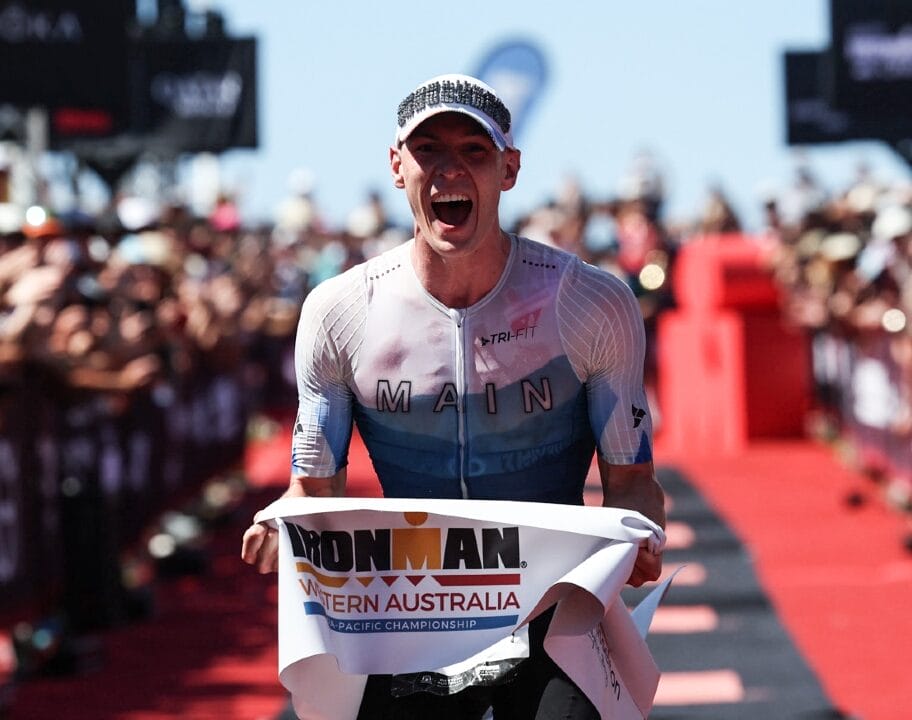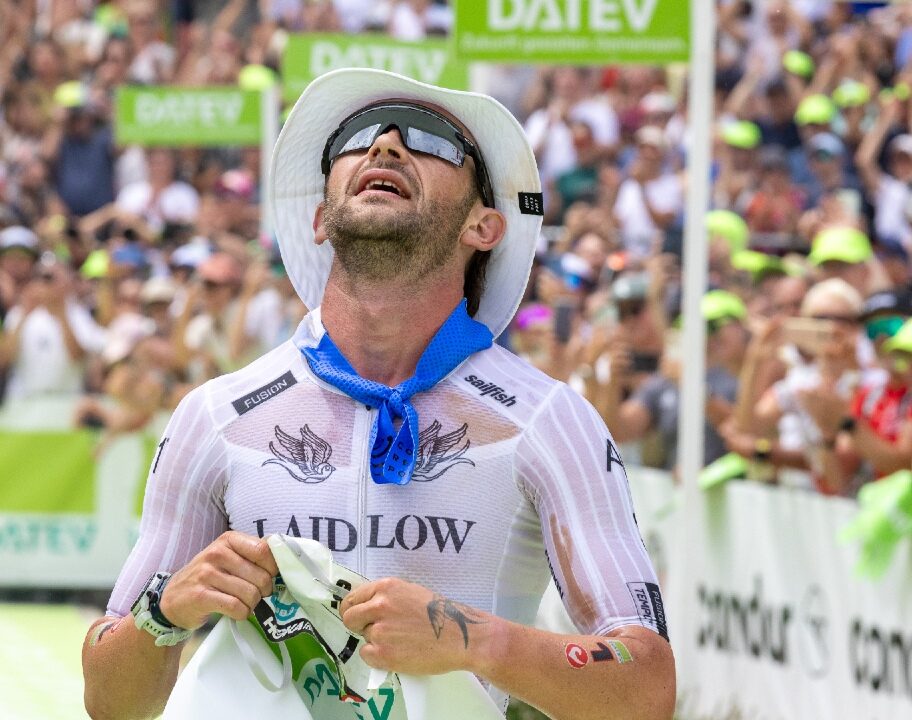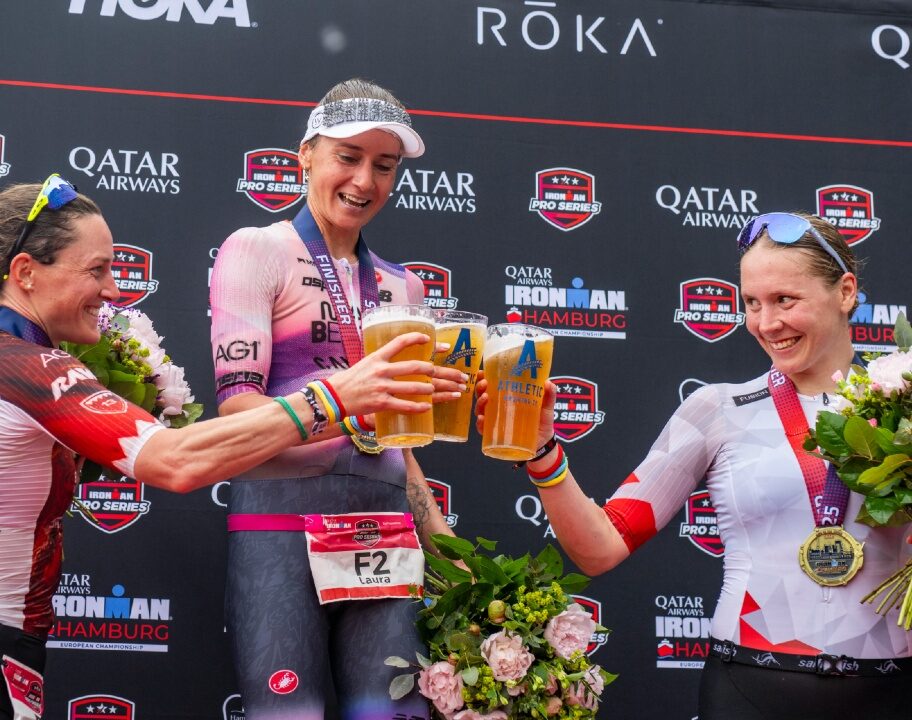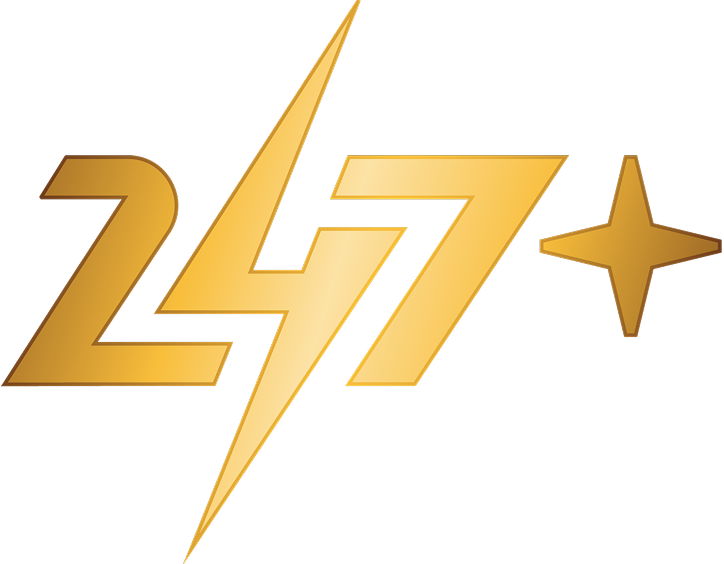For many amateur triathletes, completing a full Ironman distance (140.6 mile) race is a bucket list achievement. But once you’ve ticked that box, you might find yourself tempted once again by some of the shorter distance racing out there. From the PTO’s T100 age group races, to Challenge Family’s extensive calendar of middle distance races – some of which are in some seriously stunning locations.
But if you’ve spent a season or two focusing on the full Ironman distance, you might have noticed a drop in your top end speed. So if you want to be competitive over the – comparatively – shorter distances, how can you find that extra bit of fire power again? Triathlon legend Alistair Brownlee is an athlete who’s been able to compete at the very highest level over pretty much every triathlon distance going. Enjoying a glittering short course career which saw him claim two Olympic gold titles and become a household name. Before stepping up and making waves in both the middle and long distance scene, finishing his career on a high with a 3rd place finish at Dubai T100, placing 5th overall in the fast and furious T100 World Tour series.
Well-versed in blending speed with endurance, we got Alistair’s insights ahead of his final professional racing season in 2024 to find out how age-groupers who’ve been focusing on Ironman distance racing can adapt their training to boost their speed, without losing their hard-fought endurance.
Keep the volume, but add intensity
If you’ve been focusing on full distance training and racing, chances are you’ll have a strong aerobic base of endurance thanks to the higher weekly training volume you’ll have become used to ticking off. Improving your speed and dropping down to the 70.3 distance or 100km racing isn’t necessarily about dropping that overall weekly training volume. Middle distance racing is still an endurance challenge, and maintaining your overall training volume gives you plenty of scope to execute sessions that will boost your speed over the three triathlon disciplines.
Instead of dropping your training hours down, it’s about re-assessing how you use that time says Alistair, founder of Brownlee Fitness triathlon coaching. “Keep the overall volume, but introduce more speed work. Rather than your training volume being centred around those really long sessions and big training days that you have to execute to build up your capacity to race for 12 hours or longer in an IRONMAN. You can shift your training to include more high intensity work.”
Build your threshold
Alistair suggests that the higher intensity work you build into your weekly training schedule should focus on boosting your thresholds: “You’re looking at training for a much shorter event [than an Ironman] so focus on building your threshold and improving your maximum speed across the three triathlon disciplines.”
Raising your thresholds with targeted interval work and tempo sessions will help you to improve your top end speed across the swim, bike and run. Enabling you to sustain a faster pace for a longer period of time before lactate starts to accumulate and you hit the wall of fatigue.
The precise sessions you’ll need to execute will depend on your current fitness level and where you are in your training cycle. But a good place to start is by doing some testing to get a marker of your current threshold power and paces. A CSS test in the pool, an FTP test on the bike and a 5km run at race effort will give you some data to set up your training zones. From there, you can incorporate interval training (such as VO2 max work) and longer tempo efforts, which will help to build your threshold across each discipline.
Take a look at our guides on triathlon training zones and lactate threshold to learn more about what threshold training is and how to do it.
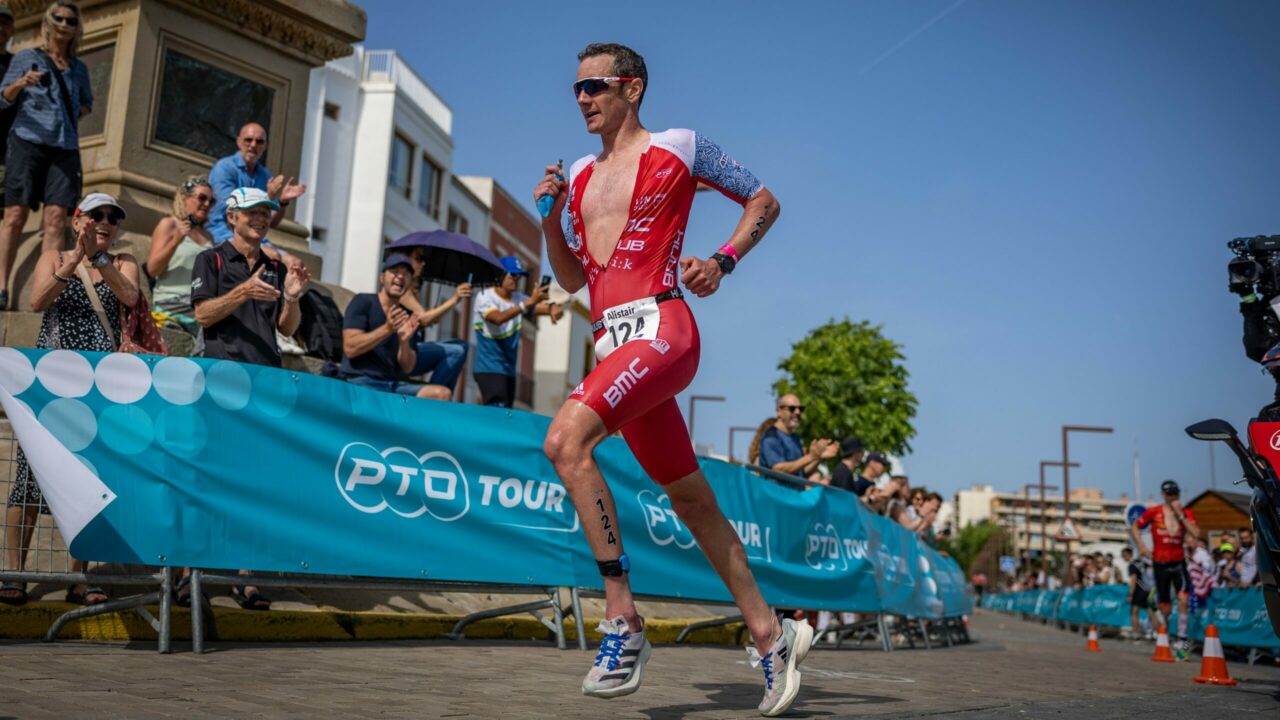
Don’t neglect the long and slow training entirely
Despite the need to incorporate more speed work and higher intensity training than you might have done previously, it’s important to remember that middle distance races are still a long distance triathlon. The purpose of the high intensity work is to layer speed on top of your endurance. “It’s important to still keep some of that long, slow training in there,” says Alistair. As an Ironman triathlete, your super power over your short course counterparts is going to be your ability to perform a sustained effort for 4 hours or more.
Alistair recommends dialling in the long time trial position rides on the bike – which will help you to stay aero on the bike, and still be able to run well once you leave T2. Fuelling will remain an important factor over the middle distance, so you can also use your longer, steady sessions as an opportunity to practice your nutrition. The key difference is that those longer rides can be 2 or 3 hours, rather than the 5 hour+ rides you’d need to do for a full Ironman distance race.
Alistair also highlights that it’s important to make sure you’re working in the right training zones to get the most value out of your training hours. Make sure your slow and steady training sessions are slow and steady enough. Creeping up into tempo or threshold when you’re supposed to be going easy will just lead to unnecessary fatigue that prevents you from being able to execute your speed sessions properly.

